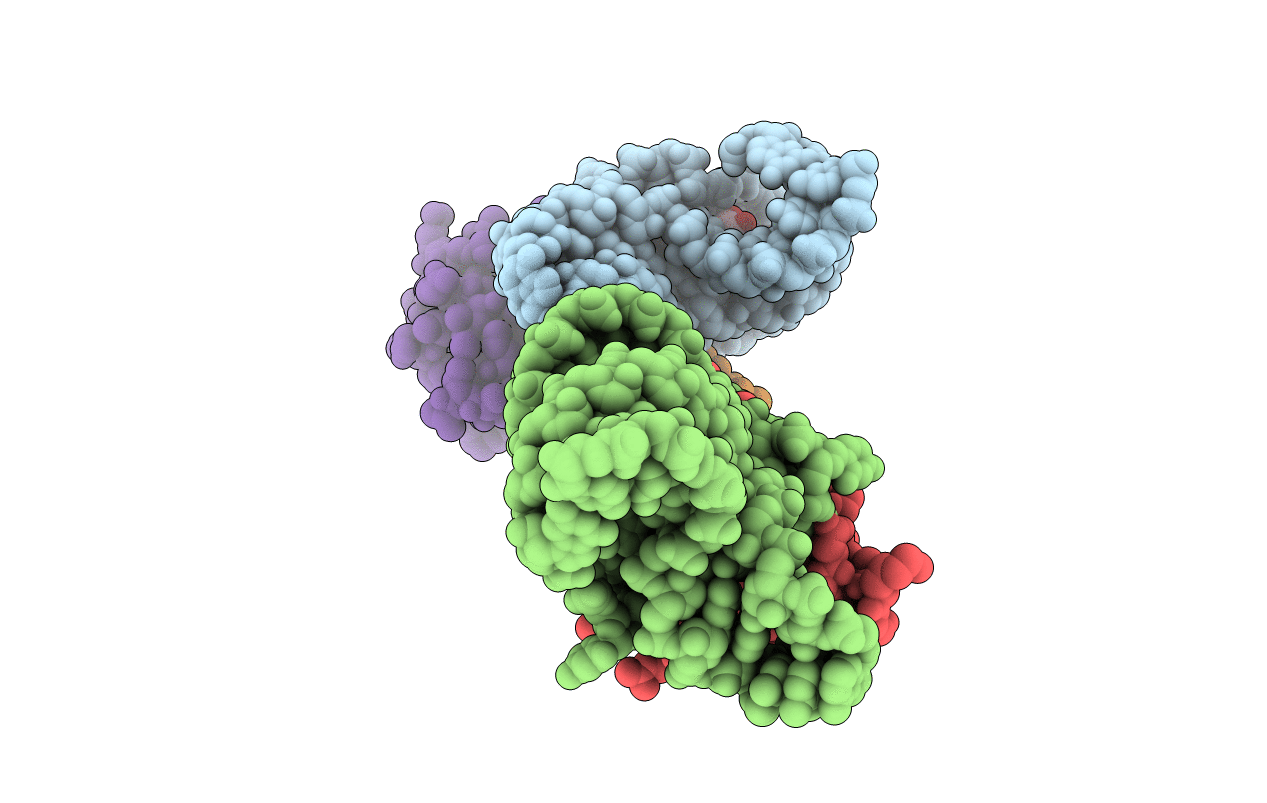
Deposition Date
2019-11-13
Release Date
2020-01-01
Last Version Date
2024-10-30
Entry Detail
Biological Source:
Source Organism:
Homo sapiens (Taxon ID: 9606)
Bifidobacterium angulatum (Taxon ID: 1683)
Bifidobacterium angulatum (Taxon ID: 1683)
Host Organism:
Method Details:
Experimental Method:
Resolution:
2.71 Å
R-Value Free:
0.24
R-Value Work:
0.20
R-Value Observed:
0.20
Space Group:
P 1 21 1


